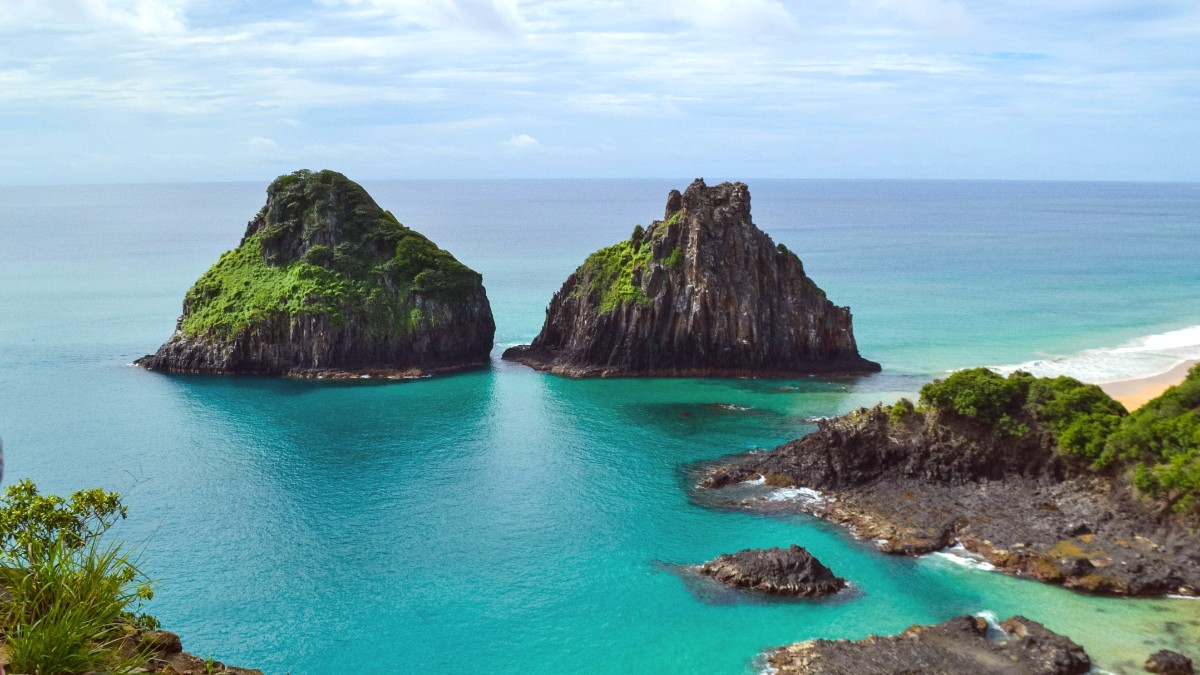
Brazil
Fernando de Noronha operates a single public bus line known as "Linha Principal." This service presents a cost-effective way to travel along the island's main highway, BR-363. While basic, it offers a look into local life and aids in reducing the need for more expensive options.
The bus route connects Porto Santo Antônio, the port area, and Sueste Beach, passing through Vila dos Remédios, the main village. Bus stops are usually marked or identifiable by groups of people waiting.
Most economical transport option on the island.
Offers a glimpse into local daily life and travel.
Buses are basic and not equipped for mobility challenges.
Readily available at airport, port, main villages.
Hail on street in busy areas or arrange via pousada.
Typically fixed for routes. Confirm fare before starting.
Uber/99 not officially available. Stick to official taxis.
Buggies are the most common rental choice on the island.
Vila dos Remédios is highly walkable. Many beaches access requires walking trails.
Guided and self-guided options for historical sites and natural attractions.
Some remote trails require a local guide due to difficulty or protected status.
Fernando de Noronha's unique environment means some specialized transport options exist for tours and specific access, complementing standard methods.
Infrastructure for travelers with mobility challenges is limited.
Plan accordingly.
Many trails, beaches (like Sancho Bay with ladder access), and older pousadas are not easily accessible.
Careful planning.
Private transfers can often adjust to individual needs better than public options.
Communicate needs.
Consider a mix of transport methods: bus for main routes, walking/cycling for nearby spots, and occasional taxis or buggy rental for specific explorations.
Tailor your choices to your budget and desired level of independence for the best experience on Fernando de Noronha.